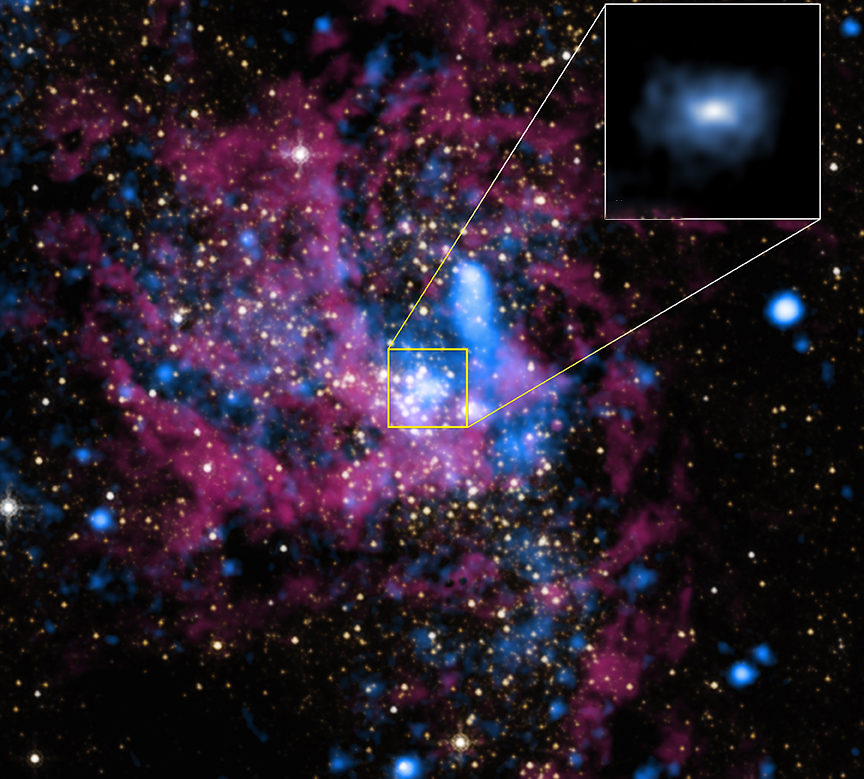
Glaring Giant Blackhole
Astronomers, who have been observing the black hole in the centre of our galaxy for almost 20 years, encountered a change in May that they had never seen before.
The black hole in the middle of the Milky Way called Sagittarius A * or Sgr A *, is a giant monster with a mass of 4.6 million times more than the Sun, although it is often quite silent.
However, according to a recently published scientific research, scientists observing Sgr A * with the Keck telescope noted that on May 13th, its brightness rose to 75 times the normal for several hours.
Technically, astronomers cannot observe the black hole itself; instead, they examine the matter around the black hole. When the black hole in the Milky Way’s centre is more active than usual, the event horizon becomes heated by friction and thus can be observed much brighter.
Astronomers at the University of California explain that the brightness of Sgr A * always fluctuates, but this time it rose twice as much as the highest value seen at wavelengths near-infrared. Considering that the brightness was in the descending phase at the time the experts started observation on the night of May 13th, the brightness probably showed a much higher rise, and the scientists didn’t have the opportunity to measure those values.
There are a few possibilities as to what may have caused this glare. The first is a star called SO-2, passing near the black hole every 16 years. This star, which passes about 17 light-hours near Sgr A *, may have caused a disturbance in the flow of matter falling into the black hole, causing the extra glare.
The second possibility is G2, a hydrogen gas cloud with a temperature of 10,000 degrees Kelvin, which the astronomers detected a possibility of falling into the accretion disk of Sgr A * years ago. This gas cloud, although it did not enter the black hole, may have passed near it, leading to the chain reactions that would cause the glare in May 2019.
The last possibility is that this unexpected glare may be the natural outcome of variable matter flow occurring only within the black hole itself. In that case, we may need to update the statistical model used to explain the variability of the black hole.
REFERENCES
- 1. https://www.space.com/milky-way-supermassive-black-hole-weird-flare.html
- 2. https://phys.org/news/2019-08-milky-black-hole-flared-bright.html
